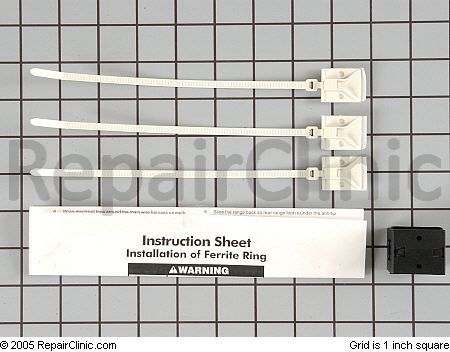Anyone can surf into the Samurai Appliance Repair Forums, search topics and read all they want absotootly free. You can even register as a Grasshopper for free. But if you want to start a new topic, reply to existing topics, send private messages, and download any of the thousands of illustrative and illuminating attachments, you have to be an Apprentice Appliantologist.
Back in March 2009, I unveiled the new forum Apprenticeships available to seekers of higher appliantological wisdom. Here they be:
After you’ve registered in the forum, you can select your type of apprenticeship on the subscriptions page.
As indicated, the Permanent Apprenticeship is the best value because not only does it never expire (so you never pay again, even if we have to raise the fee) but you get access to the Samurai’s coveted repair manual stash. I’m adding new manuals all the time and the file collection continues to grow. We’re busting at the seams! As you probably guessed, the repair manual stash uses a huge amount of disk space for storage and bandwidth to serve all those files. For now, my costs for this are stable and I don’t anticipate having to raise the fee. Hopefully this won’t change too much when the mis-named Dollar (really just a Federal Reserve Note, read the back of one) finally takes the nose-dive that everyone’s expecting.
I’ve had several people email me complaining that full access to the forum should be free, “… ‘cuz it’s on the innernet, an’ all.” And I thought to myself, I said, “Self, that’s a ding-dang good line, I’m gonna try that one on my web host and file service provider and my other site-related vendors that I use to keep my sites running.” Well, guess what? They all told me to go jump in a frozen New Hampshire lake. And I guess my time running the site (which is considerable) shouldn’t count for anything either.
Nevertheless, since the Samurai is merciful and compassionate, slow to anger and of great gootness, I recognize the tough financial times we live in and so created the Appliantologist Merit Exam as a way for folks to earn an apprenticeship without having to pay anything.
Lots of folks have taken the exam. As they say in the Dojo, “Many have tried; many have died.” Nah, it’s not that hard– the exam has a pass rate of about 60% so most folks who take the exam pass it. You have to score over 75% on the exam to pass and you’ll become a Merit Apprentice Appliantologist. If you ace the exam, you’ll join a small, elite group of Buckaroo Banzai Appliantologists— less that 5% of examinees achieve this distinction.
But there are a couple of downsides (aren’t there always?) to going the exam route vs. paying:
- The exams are graded by hand, which means you won’t have full access until I grade your exam. Since I’m just one guy (albeit, one very talented and good-looking guy) and I get slammed with lots of exam results every day, it could be a few days to a couple of weeks (sometimes more *gasp*) before I get to your exam. But, maybe the wait is worth five measly beans to you. Your call.
- The current Merit Apprentices (but not the Buckaroo Banzais) will all expire when the new exam is released. I originally intended to write a new exam every quarter but, as usual, that was waaay too unrealistic. However, a new exam will be written sooner or later. When that happens, the Merit Apprentices will all revert back to Grasshopper status with its limitations. At that time, you can either take the new exam or purchase an Apprenticeship.
The Appliantologist Merit Exam is meant as an alternate route to Apprenticeship. So if you’re already an Apprentice Appliantologist of one flavor or another, help save what’s left of a senile Samurai’s sanity and don’t take the exam– I barely have enough time to grade all the exams from Grasshoppers as it is. Muy domos, compadre!






